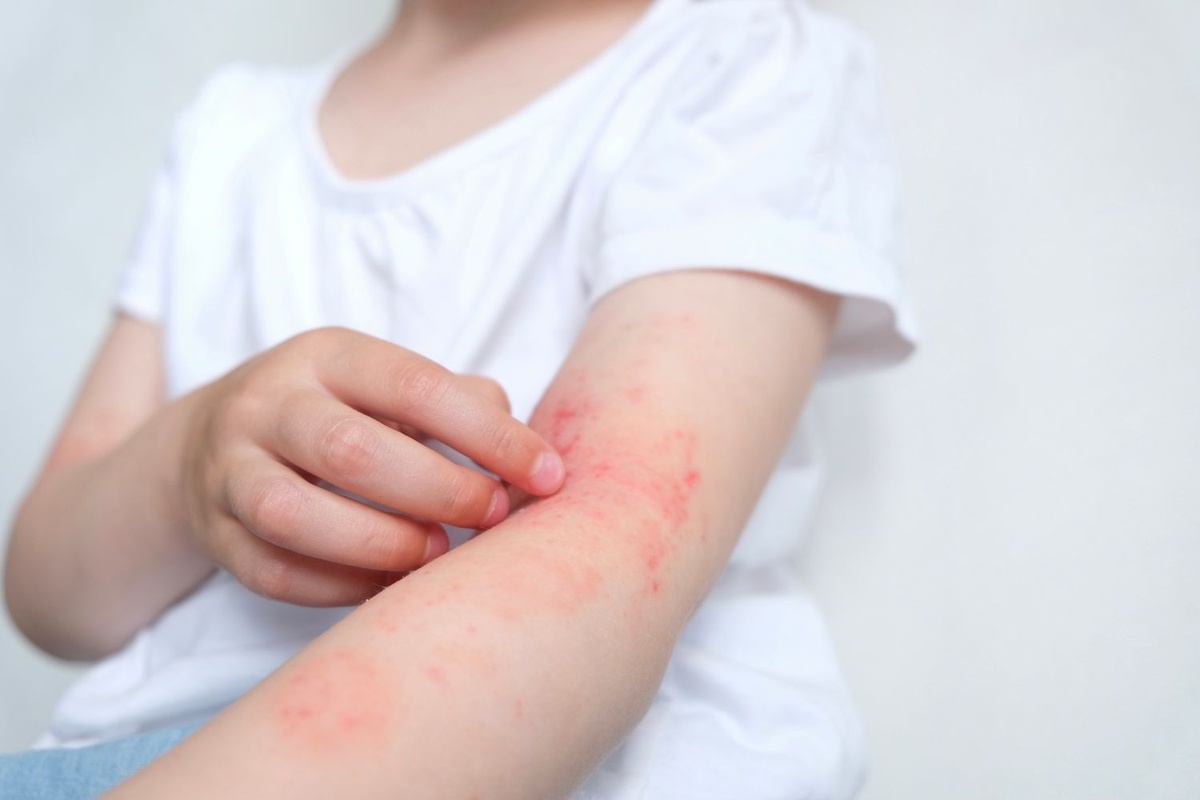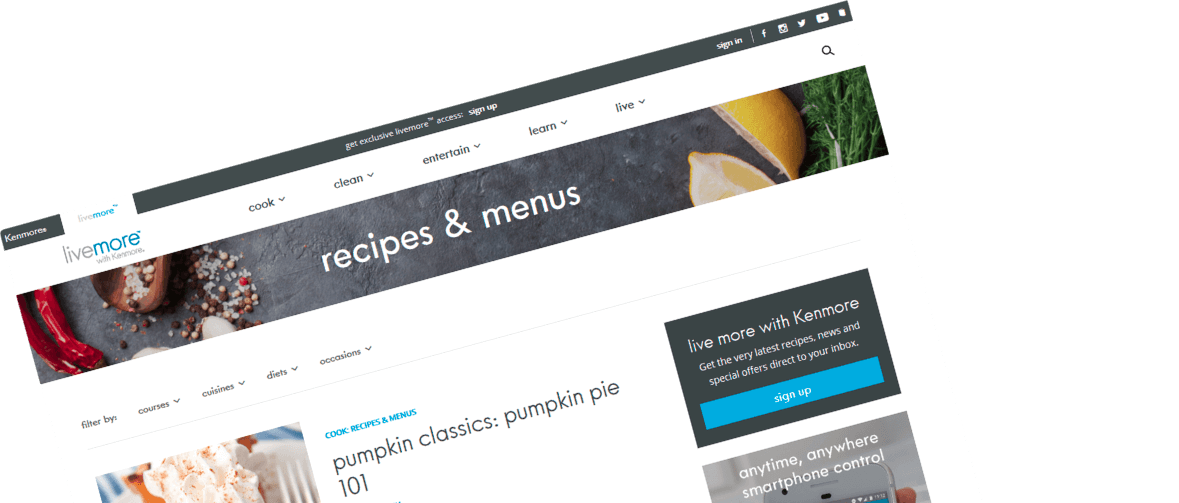Blog
Allergies In Children: Kitchen Hacks for Safer Meals

For parents of children with food allergies, the kitchen can transform from a place of creative nourishment to a zone of heightened vigilance. Every meal preparation requires careful planning and meticulous execution to ensure safety. The stakes are high, as accidental exposure to an allergen can trigger a range of symptoms, from stuffy nose, itchy or watery eyes, nasal congestion, mild hives, skin rashes, allergic rhinitis, and asthma symptoms to severe, life-threatening anaphylaxis that can affect the immune system.
Successfully managing this environment involves implementing practical, sustainable strategies that empower the entire family. Parents can significantly reduce the risk of cross-contact by adopting specific kitchen hacks and creating a safer, more relaxed space for preparing meals that everyone can enjoy.
Read on to learn some kitchen hacks for safer meals for children with allergies.
Establishing a Designated "Safe Zone"
One of the most effective strategies for preventing cross-contact is to create a specific kitchen area dedicated solely to preparing allergy-safe meals. This zone should be meticulously maintained and respected by all family members. Here’s how to establish a designated “safe zone”:
- Physical Separation: Ideally, this is a countertop or a section of counter that can be thoroughly sanitized before use. If space allows, a game-changer can be dedicating a specific cutting board, knife, and set of utensils used exclusively for the allergic child’s food. These items should be stored separately, perhaps in a specific drawer or a differently colored container, to avoid accidental use for other foods.
- Preparation Protocol: Before food preparation begins, the safe zone should always be cleaned with a dedicated cloth or sponge. The process involves using hot, soapy water or a sanitizing solution to eliminate any potential residue from allergens. This practice can ensure that even if a family member made a peanut butter sandwich elsewhere on the counter hours earlier, the safe zone remains uncontaminated.
A well-managed kitchen is the first line of defense in preventing adverse health incidents related to food sensitivities. Understanding the potential severity of these incidents is crucial, as even a tiny amount of an allergen can be dangerous. For instance, parents should be well-informed about the signs and steps to manage allergic reactions in children to understand the importance of every precaution taken during meal preparation.
Color-Coding for Clarity and Safety
Visual cues are powerful tools for preventing mistakes, especially in a busy household. Implementing a color-coding system for kitchen tools can provide an immediate, unmistakable signal about which items are safe to use. Below are some strategies to consider:
Choosing a Color
Parents should select a bright, distinct color like red, purple, or green that will not be used for other kitchen items. This color will represent "allergy-safe."
Application
Parents are advised to purchase items in this color for the allergic child, such as cutting boards, knives, spatulas, mixing spoons, measuring cups, and even colanders, and consider using plates, bowls, and cups in this color. The system can extend to towels and sponges used to clean the safe zone and utensils. This method is beneficial for babysitters, grandparents, or older siblings who may be helping in the kitchen, as it can provide a simple, non-verbal rule to follow.
Strategic Ingredient Storage and Labeling
How food is stored is just as important as how it's prepared. Disorganized pantries and refrigerators can increase the risk of grabbing the wrong ingredient. Here are some ingredient storage and labeling strategies to consider:
Separate Shelves
Parents are encouraged to designate specific shelves in the pantry and refrigerator for "safe" foods. Allergenic foods should be stored on separate shelves, preferably lower down, to prevent crumbs or spills from contaminating the safe foods below. Placing allergenic items in sealed, clear containers can add an extra layer of protection against spills and make them easily identifiable.
Vigilant Label Reading
Parents must become experts at reading ingredient labels whenever they purchase a product, even if it’s a familiar brand. Manufacturers frequently change recipes and production facilities. They should look for clear "Contains" statements and read the full ingredient list for hidden sources. Knowing advisory labels like "May contain traces of..." is essential. For children with severe childhood allergies, it’s often safest to avoid products with these warnings altogether.
Mastering the Cooking Process
The cooking and serving phase requires its own set of protocols to maintain safety from start to finish. These include:
Cook Allergen-Free First
When preparing a meal for the whole family, parents should prepare the allergic child’s plate first. They should cover it and set it aside in a safe location before cooking with any allergens. This can help prevent splatter or airborne particles from contaminating the safe meal.
The "Double-Dip" Rule
Enforcing a strict rule against double-dipping utensils is important. For example, if a spoon is used to stir a pasta sauce containing dairy, it must not be used to taste the dairy-free portion. Once a utensil touches an allergen, it’s contaminated. Using separate serving spoons for each dish and clearly identifying them is essential during family-style meals.
Appliance Awareness
Being mindful of shared appliances is also essential. Toasters are notorious for harboring crumbs and should be dedicated to one for safe bread, another for food allergen-containing bread. Similarly, parents must meticulously clean waffle irons, grills, and baking sheets between uses. For high-risk items like nut butters, considering having a dedicated jar and knife to avoid contaminating a jar of "safe" jelly is crucial.
Involving the Whole Family
Managing seasonal allergy is a team effort. Clear communication and education for all family members, including siblings, are vital for maintaining a safe environment and avoiding food allergy triggers. Below are some tips to consider:
Age-Appropriate Education
Parents must teach siblings, in an age-appropriate way, why certain rules are in place. For instance, they should explain that these practices are to keep their brother or sister healthy and safe, not as a form of punishment or favoritism, and encourage them to be "safety helpers."
No Food Sharing
Parents must establish a firm family rule that food isn’t to be shared unless a parent has explicitly confirmed it is safe. This applies both inside the home and when discussing habits for school or playdates.
Hand Washing
Parents must also instill the habit of washing hands with soap and water before and after eating for everyone in the family. Hand sanitizer is not sufficient for removing food proteins.
Final Thoughts
Parents can create a structured and secure environment by integrating these kitchen hacks into daily routines. This proactive approach can significantly reduce the risk of accidental exposure to food allergy reactions and conditions like Hay fever, allergic conjunctivitis, chronic sinusitis, and even atopic dermatitis, alleviate parental stress, and allow children with food allergic conditions to enjoy mealtimes with confidence and security. The kitchen can once again become the heart of the home, a place where safe, delicious meals bring the family together.
Image Sources





Comments